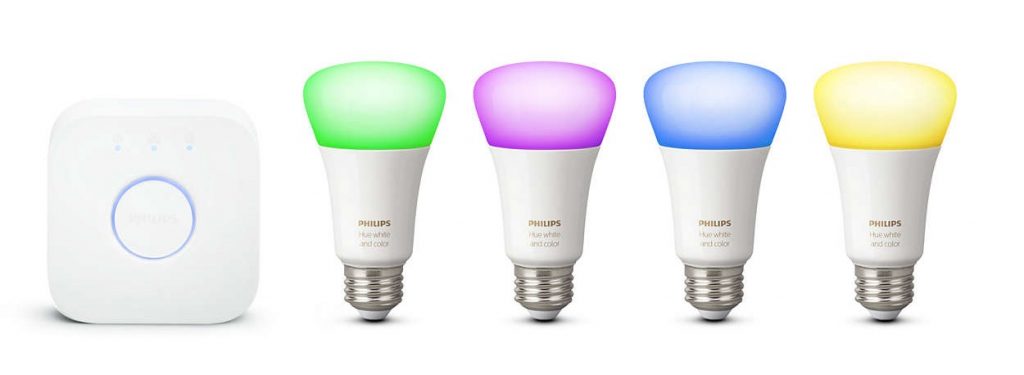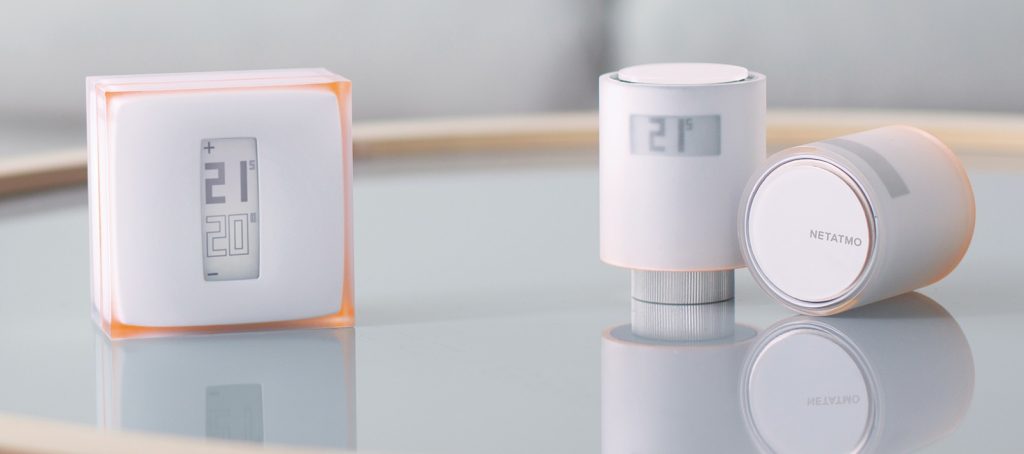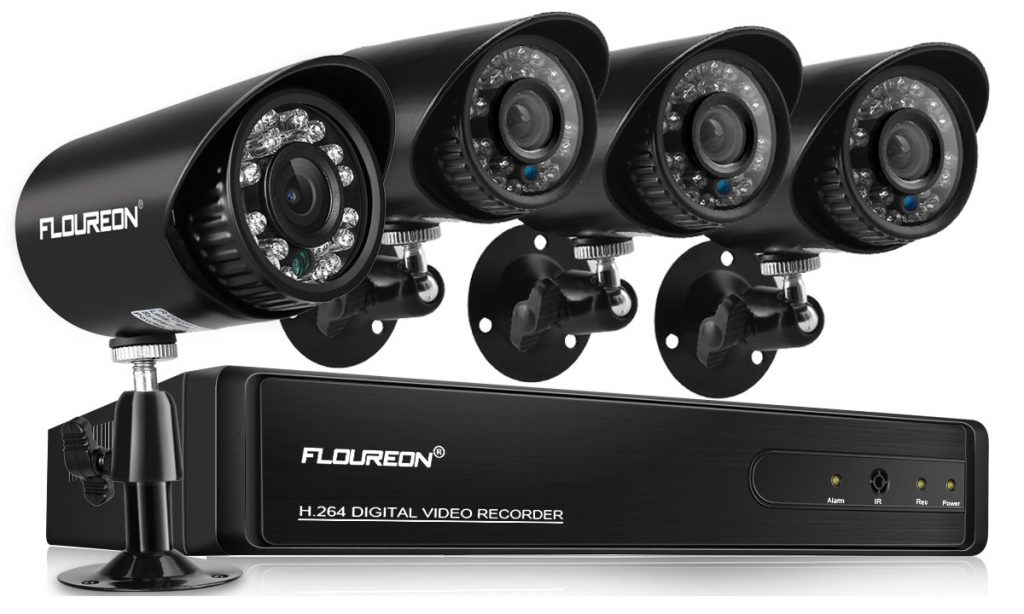We have teamed up with Chill Insurance to take a look at some of the latest smart home technologies.
Smart home technologies are some of the buzzwords for new products and services that we see get announced regularly. Smartphones have given us access to the entire internet and the push of a button. Ultimately the gadgets in our home are mostly static. Smart Home tech for the past few years as been about providing control over a lot of your typical household items by your smartphone or directly by your voice via Amazon’s Echo or Google Home enabled devices.
Lighting
Probably one of the more immediate benefits from any form of smart tech is smart lighting. This area has a massive list of products already available. Most of the time this includes getting a main hub with each lighting device connection to it, rather than through WiFi. Control is done via their respective app. Their are direct Bulbs and lighting devices that can skip the hub aspect and use WiFi directly, but these can be cumbersome and effect overall network performance.
Ikea has even entered the market of Smart Lighting and offers a smart bulbs along with their own hub. Philips Hue is one of the biggest brands for Smart Lighting, and while some of the premium lighting products are expensive, they offer standard LED/dimmable bulbs for decent value.
The huge benefit is that a lot of these companies are using Z-wave technology, which is open-source, which ultimately means that a lot of the third party lighting products will work perfectly fine with the Philips Hue bridge. The same can be said for the Ikea TRÅDFRI lighting hub.
These companies sell kits that include the hub, a few bulbs, wireless remotes if you wish to turn on the lights in a more conventional manner. They also offer motion sensors, and most companies work perfectly with Alexa or Google Home, allowing for voice activated lighting and control; such as: “Alexa, Set living room light to 50%” or “Hey Google, turn on bedroom light”
Heating
Another amazing and almost no-brainer use of smart technology. Controlling your heating via voice, or anywhere in the world via your smartphone. Also, being able to track usage more directly with your history being typically recorded with most Smart Heating control hubs.
The big names within this are definitely Nest, Netatmo, and Tado. A lot of boiler manufacturers are offering their specific controllers and hubs for their own hardware, but most consumers are opting for the third party thermostats and hubs.
The basic principle behind Smart Heating is removing the standard heating programmer for your boiler and adding your new Smart Thermostat. This device then connects to your WiFi network and from there, you can turn on your heating at will, adjust the automatic times and track your usage history and cost.
Most/if not all of the kits will include a wireless thermostat and control device that you can place in your hallway or living room for more directly control, but this also allows the system to monitor the house temperate and turn on/off your heating when it reaches certain points. Most importantly all of this is programmable via their included app and again this device typically work with Amazon Alexa enabled devices and Google Home devices, which means if you feel a chill, you can turn on the heating just by talking.
Security Cameras
While not a new area or product for the home, the cost of security cameras for home installation have come down significantly in recent years. Not to long ago, high triple digits and even quadruple digits were the average budgets for any form of security system. It’s understood that smartphones are to thank for the decrease in cost behind security cameras. The smaller and much er easier to produce cameras, and hardware inside the DVR kit can be attributed to the continued developments of smartphone technology.
Right now multiple kits are avaialble between €100-200, with 4 cameras, DVR, and hard drive all included. The likes of Floureon, SANNCE, Annke, and H.View are the typical brands that pop up within this market, all of which are Chinese made products and utilize most of the same hardware.
These kits can be fairly straight forward and easy to install, with WiFi enabled cameras also avaialble. The wired ones require more effort up front during installation, but most users have found are reliable. Once installed, users have 24/7 recording up to 7 days, if not longer (depends on hard drive size). You can also access your cameras anywhere in the world using your smartphone, and look back and previous footage. A huge piece of mind, but some insurance companies will take this into account and provide a discount.




